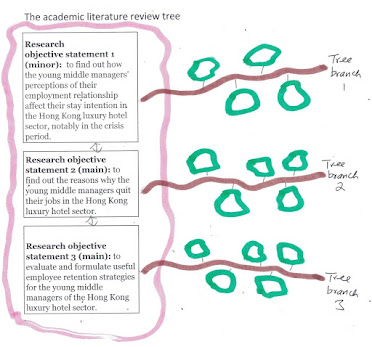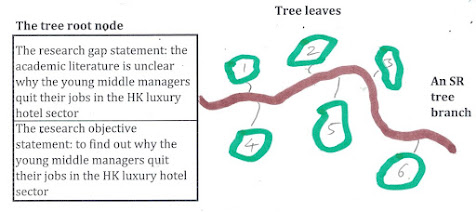This note provides a few examples on formulating research gap statements via literature review with regard to the entrepreneurship and startup topic. This study note is written for my MBA students learning the agile literature review approach (the academic-oriented type).
Article 1: Egan-Wyer, C., Muhr, S.L. and Rehn, A. 2018. On startups and doublethink – resistance and conformity in negotiating the meaning of entrepreneurship, Entrepreneurship & Regional Development, 30:1-2, 58-80, DOI: 10.1080/08985626.2017.1384959.
"Within contemporary capitalism, then, to present oneself as an entrepreneur is to occupy a complex space betwixt and between the corporation (a form towards which the entrepreneurial organization is growing) and the ‘rebel’ who challenges the logics of this very same world. Thus, although much of the mainstream discourse on entrepreneurship often involves a normative promotion of taken for-granted entrepreneurial ideals (see Rehn et al. 2013; Farny et al. 2016; Leitch and Harrison 2016 for analyses of such normative idealization), recent literature has begun to emphasize the paradoxical tensions of entrepreneurship discourse (Dodd 2014) and how entrepreneurs make use of these to makes sense of their identity within such paradoxes, choosing both sides of the dilemma rather than normalizing one (Berglund, Gaddefors, and Lindgren 2016)".
The research gap statement 1: The academic literature only recently takes a serious study on the paradoxical tensions of entrepreneurial discourse and how entrepreneurs make use of these to make sense of their identity within such paradoxes.
Article 2: Ghezzi, A., Cavallo, A., Sanasi, S. and Rangone. A. 2022. "Opening up to startup collaborations: open business models and value co-creation in SMEs" Competitiveness Review: An International Business Journal Vol. 32 No. 7, Emerald Publishing: 40-61.
"Notwithstanding the promising early efforts, research currently shows a limited understanding of whether and how companies, and specifically SMEs, can structure and implement an open business model configuration by creating successful collaborations with startups. Startups differ from traditional/latent SMEs in terms of ambition, innovation and growth orientation (Carland et al., 1984; Bhide, 2000; Zott and Amit, 2007). Besides, start-ups do not possess a consolidated business model; instead, they usually look for a scalable one (Blank, 2013; Ghezzi and Cavallo, 2020; Ghezzi, 2020)”.
The research gap statement 2: The existing academic literature offers limited knowledge of whether and how SMEs can structure and implement an open business model configuration by creating successful collaboration with startups.
Article 3: Marx, S. and Klotz, M. 2023. "Entrepreneurship during crisis: Innovation practices of micro and small tour operators" The International Journal of Entrepreneurship and Innovation, Vol. 24(3), Sage: 155–166.
"The COVID-19 pandemic in 2020 has confronted entrepreneurs with the atypical context of crisis. Innovation is one strategic option to react to a crisis (Wenzel et al., 2020), yet its application is discussed controversially. Some research points to fewer innovation activities during a crisis (Am et al., 2020; Gausemeier et al., 2019), but others observed the opposite (Breier et al., 2021; Ebersberger and Kuckertz, 2021; Johnson and Murray,2021; Kraus, Clauss et al., 2020; Manolova et al., 2020). Further research is encouraged on how crisis events relate to innovation by small and medium-sized enterprises (SMEs) (Saunders et al., 2014: 136)".
The research gap statement 3: The academic literature points to the need to study more on how crisis events relate to innovation activities of entrepreneurs.
These initial research gap statements are not to be used directly in a student's dissertation project work; they need to be adapted to come up with more localized and personalized research gap statements, which are subsequently converted by the student (i.e., the researcher) into the localized (e.g. Hong Kong in 2024) and personalized (e.g. the retail sector serving mainly the elderly consumers) research objective statements.












